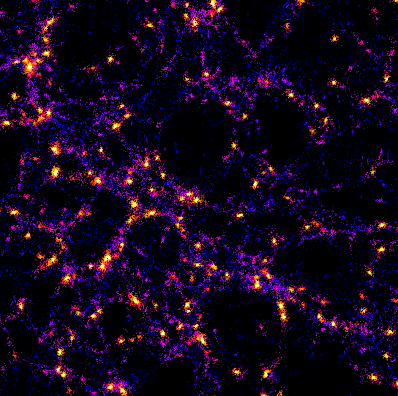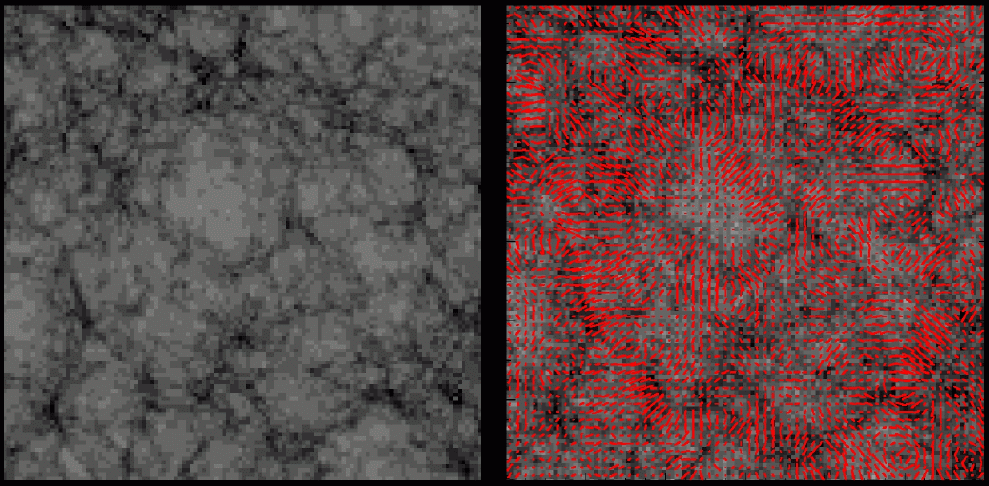












|

|

The Deep Survey - Direct Detection of Dark Matter
|
Take a look around you. Everything you can see - the
computer, your chair, the sun, moon and stars - is made up of
normal, or "baryonic" matter. But astronomers know that looks can be
deceiving. Normal matter only accounts for about 4% of the matter in
the universe. The rest of our universe's mass is made up of the
mysterious "dark matter".
|
 |
As the name suggests, dark matter is dark. It doesn't give off any
kind of energy we know about - no light, no x-rays, no microwaves and
nothing else. This makes dark matter tricky to study! Astronomers
generally use computers to model what dark matter must be like. To
compare these models to real life, they look at galaxies or hot gas
that are thought to trace the underlying dark matter distribution - but
no one is totally sure how well normal matter traces dark matter.
|
|
What would be ideal is a way to directly detect dark matter.
Gravitational lensing seems to be the most promising way to do it.
Gravitational lensing occurs when the light from a distant object is
bent - or lensed - by the gravitational field of some massive object along
its path. The mass of
dark matter will produce "weak lensing" - passing light is bent by just
a small amount. The result is that the light from distant galaxies is
distorted, until they seem to be stretched out and aligned along the
gravitational field of the dark matter.
|
 |
 |
Because weak lensing by dark matter is such a small effect, astronomers
need extremely high quality images of a lot of galaxies to study it.
This is where the CFHTLS Deep Survey comes in - it will take
exceptionally clear pictures of over two million galaxies. By examining
the alignment of these galaxies, astronomers will be able to create
maps of the dark matter that's causing the alignments. These plots
will be the largest maps of dark matter ever made.
|
|
Making maps of the dark matter will allow us to directly compare our
theories to the real universe. This will help us improve our theories,
which in turn will help us to make better observations, and so on - the
end result will be a better understanding of the invisible matter that
dominates the mass of our universe.
|
This site was last updated on September 28th, 2002.
Comments, suggestions or questions? mlmilne@uvic.ca
|




